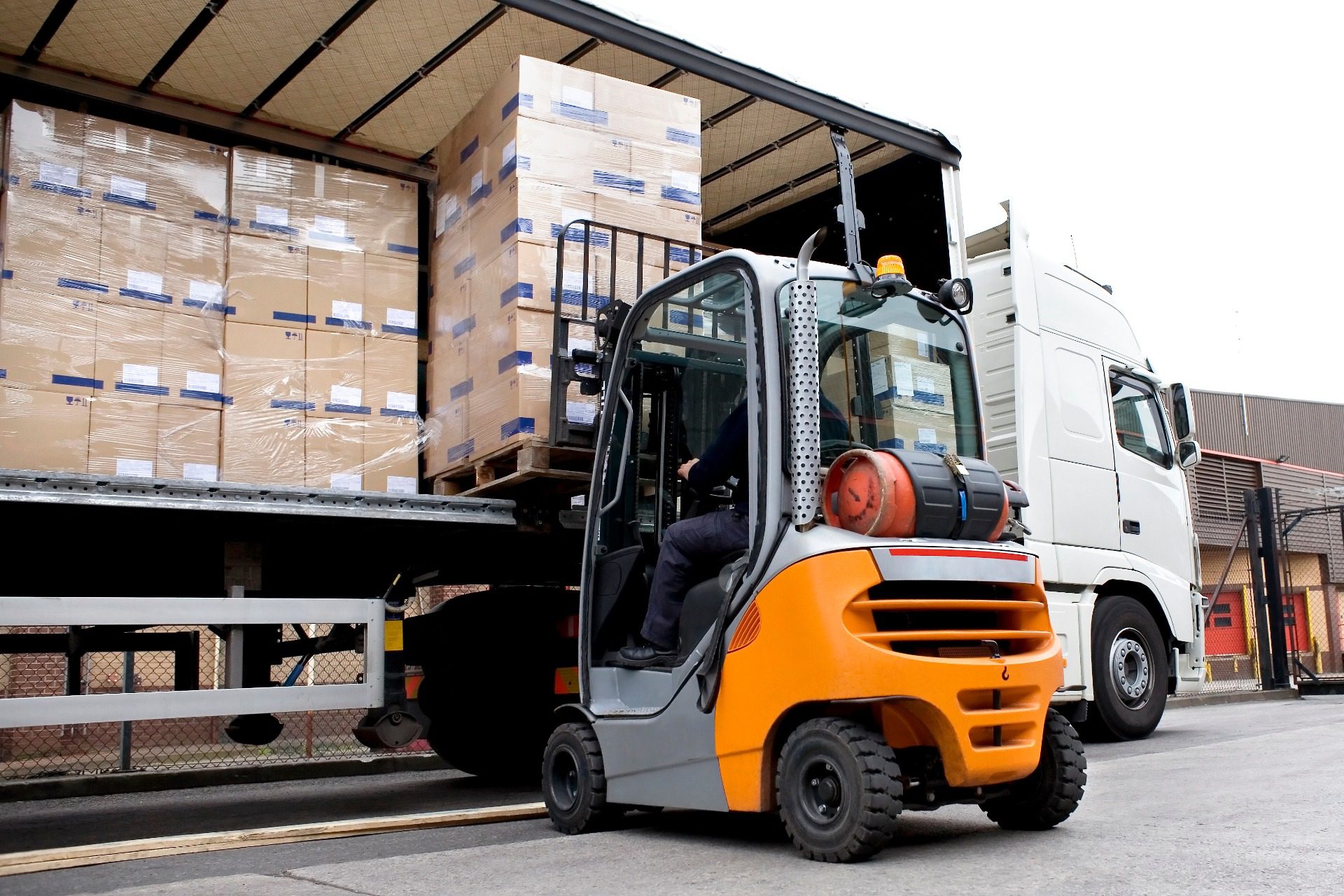In the current marketplace, purchasing goods delivered to our doorstep is the new normal. And in that market, there’s heightened demand for quick and efficient delivery times.
As an eCommerce brand, providing consistent delivery rates and times is a part of successfully running your business. But delivery delays and complications are an unfortunate yet normal part of any business. Delivery exceptions occur when shipments experience an unwanted concern or event that impacts the promised or expected delivery date.
Consumers and business owners both receive notices of shipping delays and exceptions, but if merchants don’t know how to anticipate and deal with delays properly, there can be issues. In this article, we’re exploring delivery exception meanings and more, including:
- What is a Delivery Exception?
- Causes of Delivery Exceptions
- Delivery Exception Outcomes
- Carrier Specific Delivery Exceptions
What is a Delivery Exception?
What does delivery exception mean? In simplest terms, a delivery exception is an exception being made to a quoted delivery date. For example, if you purchase items from an online business and, for some reason, inclement weather affects the transit routes and causes a delay, this would be considered a delivery exception. Consumers receive notifications for delivery delays and will often contact the merchant for clarification or consolation.
Why are Delivery Exceptions Important For eCommerce
Delivery exceptions occur for various reasons, but eCommerce businesses and merchants generally attempt to avoid them for the sake of good customer service and consistent supply chain management.
If a company is known for delivery exceptions, it’s less likely consumers will choose them over more reputable brands. This is why it’s crucial as a business owner to stay on top of any shipping complications and adequately meet customer needs and ensure products arrive close to when they were promised.
8 Common Delivery Exceptions Causes
While the cause of a specific shipping exception can vary based on a number of things, knowing some common reasons can help you target problem areas that may result in delivery complications.
Some of the most common causes for delivery exceptions include:
1. Missing Documentation:
One of the most common causes of delivery exceptions is missing or incorrect documentation. This can occur when shipping labels, invoices, or other important documents are missing or contain errors. Without the necessary documentation, the carrier may not be able to deliver the package, resulting in a delivery exception.
2. Customs and Clearance Delays:
Shipping internationally can result in customs and clearance delays, leading to delivery exceptions. Packages may be held at customs due to missing or incorrect documentation or flagged for inspection. Such delays can take days or weeks and cause frustration for both the sender and recipient.
3. Bad Weather:
Bad weather can also cause delivery exceptions, particularly for air or ground shipments. Heavy snow, ice, rain, or fog can make delivery unsafe or impossible, leading to delayed delivery. In such cases, delivery may be postponed until the weather clears or an alternate route is found.
4. Unreadable Label:
An unreadable or missing label can cause delivery exceptions, as carriers may not be able to determine the correct destination or delivery requirements. This may occur due to damage during shipment or if the label is missing altogether.
5. Holidays:
If not properly accounted for, holidays can cause shipping delays Holidays or other special events can cause shipping delays and lead to delivery exceptions if not properly accounted for.
6. Recipient Not Available:
If the recipient is unavailable to receive a package, it can cause delivery exceptions, particularly if a signature is required.
7. Shipping Violations:
Shipping hazardous materials or other prohibited items can result in shipping violations and cause delivery exceptions. Carriers have strict guidelines regarding what can and cannot be shipped, and violating these guidelines can result in package delays or returns.
8. Safety Issues:
Can be the safety of the delivery location being in a compromised state for the shipping personnel – often relating to issues with stray animals or hazardous living conditions
Delivery Exception Outcomes
Now that we have a proper understanding of “What does a delivery exception mean” let’s explore what needs to happen next.
As a business owner, it’s important to always address consumer needs and find a swift solution any time a delivery exception occurs. Ultimately, there are only a few outcomes to a delivery exception, which include:
- The package ends up being delivered on time
- The package is delivered late
- The package is returned to the sender
Of course, the last thing any business owner wants is for their product to not reach the consumer, which does nothing to generate revenue or positive brand awareness. This is why it’s so critical to maintain healthy communication between the carrier and the customer when a delivery exception occurs.
Verify that the customer’s information is correct, and contact the carrier as soon as you receive a delivery exception notice so you can troubleshoot the specific issue. Smoothing things over with the customer should be a top priority, – resending an item or issuing a refund is highly suggested, especially if you promote quick and consistent shipping.
Carrier Specific Delivery Exceptions
Delivery exceptions are almost always the result of an event that takes place during the shipping process. All carriers have specific delivery exceptions clauses that should review and understand when choosing who you’ll use to ship items. Some of the most popular carriers and their delivery exception policies include:
UPS Delivery Exceptions
Consumers can expect a straightforward UPS exception status process. Some of the most common notifications are “address unknown,” “signature not received,” and “address unknown.”
Consumers and merchants will receive updates within their tracking information to learn about company shipping processes and new delivery dates. The most common issue experienced is the notification “Exception: Action Required.” This indicates the merchant hasn’t provided ample information regarding the shipping address.
FedEx Delivery Exceptions
FedEx experiences its delivery exceptions most frequently due to customs delays, documentation errors or omissions, recipient complications, and holiday delivery delays.
Any temporary delay within transit is considered a delivery delay, but the company takes extra measures to ensure that it doesn’t mean that the delivery will necessarily be late. This is why they’ll usually call delivery exceptions a “status exception” and give a surplus of information to learn more about the status of the shipment to both the merchant and consumer.
USPS Delivery Exceptions
The USPS is one of the largest and most popular used carrier services in the United States. It serves an expansive region. That said, USPS is still likely to experience issues, and delivery exceptions can happen.
When a USPS delivery exception occurs, it’s most likely due to an incorrect address or a federal holiday affecting the delivery time. Delivery exceptions can be seen when the consumer or merchant tracks their package, but an added USPS perk is the ability to sign up for delivery notifications so you get notices quicker.
DHL Delivery Exceptions
DHL is a carrier service that deals with many international shipments, making them especially vulnerable to delivery exceptions caused by custom clearance complications. When experiencing a delivery exception through DHL, merchants and customers will receive a notification that indicates the “DHL Shipment is on Hold.” This means an error or issue has occurred within the shipping process. It typically takes a week or less to find a solution.
Managing Delivery Exceptions at ShipCalm
As a leading provider of fulfillment services, ShipCalm understands the importance of managing delivery exceptions. By focusing on prevention and quick response times, we help our clients avoid delivery delays and maintain a positive customer experience.
Delivery Exception Prevention
To prevent delivery exceptions, ShipCalm utilizes advanced tracking and monitoring systems to identify potential issues before they arise. We also work closely with our clients to ensure that all documentation and labeling is accurate and up-to-date, and that packages are properly packed and labeled for safe transport.
Responding to Delivery Exceptions
If a delivery exception does occur, ShipCalm’s experienced team is ready to respond quickly and efficiently. We work directly with carriers to resolve issues and communicate with our clients and their customers to keep them informed of any delays or changes to their shipment. Our goal is to minimize the impact of any exceptions and ensure that packages are delivered as quickly and safely as possible.
Let ShipCalm Help You Avoid Shipping Exceptions!
ShipCalm seeks to streamline and simplify supply chain management processes, whether in supply management or delivery exceptions that occur during transit.
If you’re wondering about delivery exception meanings and how to avoid them, we can help identify areas where your business is vulnerable to delivery exceptions and find quick solutions to many everyday shipping and delivery obstacles. While delivery exceptions may be a regular part of the shipping industry, ShipCalm can help minimize issues and promote your business’s success.
Get a custom price from ShipCalm today to learn more about how we can make delivery exceptions an issue of the past!




